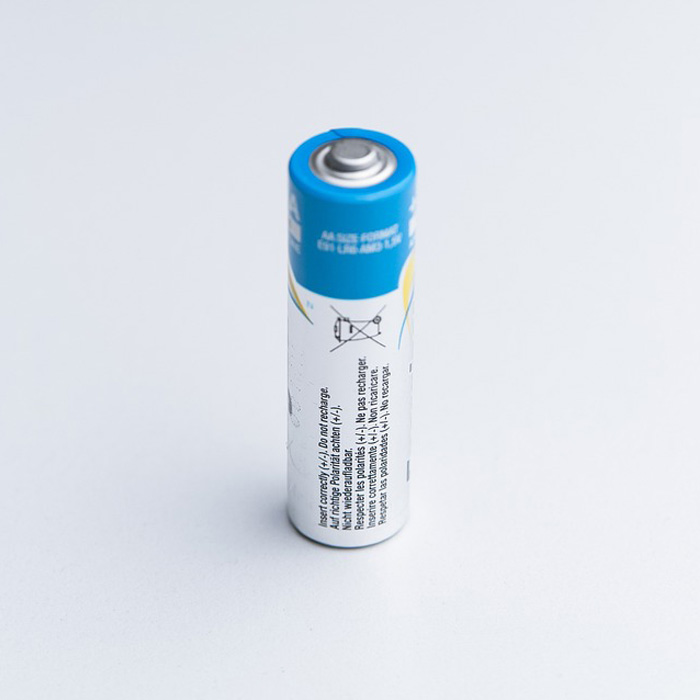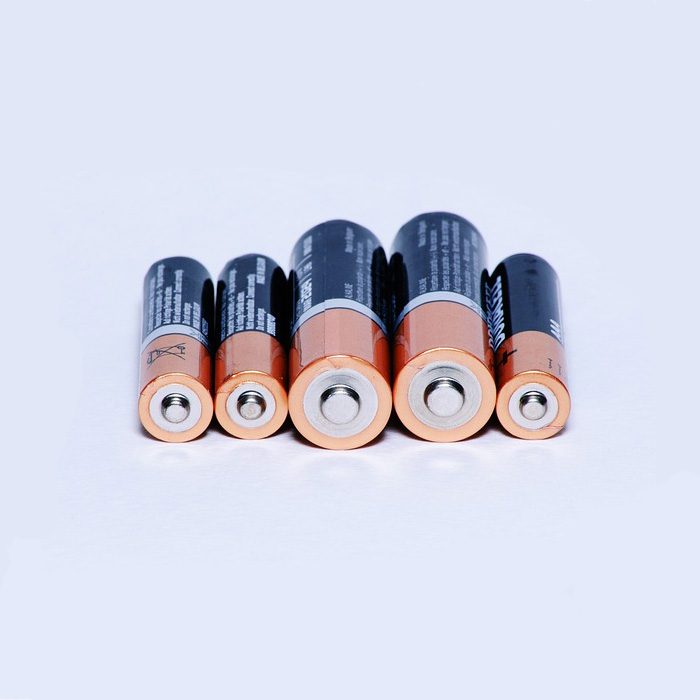Home > News
CATHODE
According to survey data, the shipment volume of China's lithium battery positive electrode market was 2.48 million tons in 2023, a year-on-year increase of 31%.
From the perspective of cathode material product structure: In 2023, the shipment volume of LiFePO4 cathode materials reached 1.65 million tons, a year-on-year increase of 48.3%, with a market share of 66%, an increase of nearly 7 percentage points; The shipment of ternary cathode materials reached 650000 tons, a year-on-year increase of 2%, and the market share declined to 26%; The shipment volumes of lithium manganese oxide and lithium cobalt oxide are 100000 tons and 84000 tons respectively. The increase in the proportion of shipments of LiFePO4 materials is mainly driven by energy storage and power lithium iron batteries.
It is expected that the Chinese positive electrode material market will have the following characteristics in 2024:
1) The lithium cobalt oxide material market is expected to see a slight growth of 1-3%;
2) Driven by the segmented small power market, the shipment volume of lithium manganese oxide materials is expected to increase by over 8%. The proportion of shipments of tetramanganese lithium manganese oxide materials will exceed 75%;
3) The shipment volume of fast charging ternary materials is expected to exceed 8000 tons;
4) The proportion of high nickel ternary material shipments is expected to exceed 50%;
5) The shipment volume of lithium manganese iron phosphate material will exceed 30000 tons, with a year-on-year growth of over 500%.

ANODE
According to data, the shipment volume of lithium battery anode materials in China in 2023 was 1.65 million tons, a year-on-year increase of 21%, lower than the growth rate of lithium batteries in China.
The reason for this is:
1) China's supply of negative electrode materials to the world exceeded 90% in 2023, while the global shipment of lithium batteries increased by only 27% year-on-year in 2023;
2) In 2023, downstream lithium battery companies cleared their inventory, and the actual production of battery companies was lower than the shipment volume, affecting about 5%, resulting in a decrease in demand for negative electrodes.
On the market side:
1) The industry concentration has declined, with the CR6 industry concentration dropping from 77% in 2022 to 75% in 2023;
2) The price war in the industry is fierce, with the price of negative electrode products falling by more than 40% year-on-year, and the price of graphitization outsourcing processing falling by more than 60% year-on-year;
3) The proportion of artificial graphite has increased to 89% (including the use of silicon-based composites), and the rapid decline in the price of artificial graphite has greatly improved cost-effectiveness. Domestic lithium battery manufacturers are increasing their demand for artificial graphite procurement;
4) The pressure to reduce costs is high, and the proportion of raw material petroleum coke used has increased from 50-60% in 2022 to over 80% in 2023.
On the policy side, the Ministry of Commerce and the General Administration of Customs of China have issued a notice on optimizing and adjusting temporary export control measures for graphite items. Foreign lithium battery companies will increase their procurement of non Chinese negative electrode materials to ensure supply chain stability.
It is expected that the negative electrode material industry in China will exhibit the following trends in 2024:
1) Supply and demand remain surplus, and the industry's capacity utilization rate remains around 50%. It is expected that the number of discontinued enterprises will exceed 40;
2) The price war continues, with a price decrease of over 10% compared to the end of 2023;
3) Fast charging artificial graphite with a capacity of ≥ 350mAh/g, compaction of ≥ 1.6g/cm3, and 4C or above will be loaded on a large scale.

SEPARATOR
The shipment volume of lithium battery separators in China reached 17.1 billion square meters, a year-on-year increase of 31%. Among them, the shipment of wet diaphragm reached 12.4 billion square meters, a year-on-year increase of 23%; Dry diaphragm shipments reached 4.7 billion square meters, a year-on-year increase of 54%.
Market side:
1) The decline in industry concentration has led to a fierce price war among small and medium-sized diaphragm enterprises;
2) In 2023, there were less than 5 newly added enterprises in the industry, and the expansion of production was mainly concentrated in existing enterprises;
3) In terms of price, the wet process diaphragm has decreased by over 30% from the beginning of the year to the end of the year, while the dry process price has decreased by over 15%;
4) The proportion of dry process separators has increased, and leading battery companies have switched their energy storage businesses on a large scale. The proportion of dry process separators has increased by nearly 5 percentage points, reaching 28%;
4) The width of wet diaphragm lines has significantly increased, with new lines generally reaching 7-8.5 meters (before slitting) in 2023, compared to the previous generation of about 5 meters;
It is expected that the diaphragm industry will exhibit the following characteristics in 2024:
1) Multiple expansion projects have slowed down, and the industry's capacity utilization rate remains at 60-65%. The newly added capacity is mainly concentrated in new enterprises, and with the addition of debugging and verification cycles, it is expected to increase the effective annual capacity within 5 billion square meters;
2) The price war continues, and compared to the end of 2023, the decrease in dry process membranes will exceed 20% in 2024, and the decrease in wet process membranes will exceed 15%;
3) Extreme cost reduction is driving the acceleration of raw material localization. The localization of wet process raw material PE is expected to exceed 25%, and dry process raw material PP is expected to exceed 70%.
ELECTROLYTE
The shipment volume of Chinese electrolyte market in 2023 was 1.11 million tons, a year-on-year increase of 31.5%.
On the market side:
1) The proportion of self supply by battery factories has increased, and the top 5 lithium battery companies have already self supplied three household electrolyte solutions (including their joint venture companies), with an annual self supply volume of over 200000 tons and a market share of nearly 20%;
2) The progress of overseas electrolyte bases has been relatively slow, resulting in an increase of less than 50000 tons in China's electrolyte export volume;
3) The transaction prices of electrolytes and lithium hexafluorophosphate have fallen below the cost line, and some small and medium-sized enterprises have shown negative gross profits, even adopting production shutdown strategies;
4) There is a two-level differentiation in the utilization rate of upstream lithium salt production capacity. The top 6F enterprises, through long-term cooperation and stable cooperative relationships, have a production capacity utilization rate of over 60%, while small and medium-sized enterprises are generally below 40%.
It is expected that the electrolyte industry will exhibit the following trends in 2024:
1) The price reduction of electrolytes and upstream raw materials is limited, and compared to the end of 2023, the price reduction of electrolytes will be within 8%;
2) Driven by fast charging technology, the year-on-year growth rate of LIFSI market shipments is expected to exceed 100%;
3) Excess production capacity of lithium hexafluorophosphate has led to a decrease in industry capacity utilization, and some small and medium-sized enterprises have stopped production.
Contact: Lika
Phone: +86-19906035385
Tel: 0086-592-7161550
Email: sales@aotbattery.com
Add: No.168, Zhaogang Road, Xiamen City, China